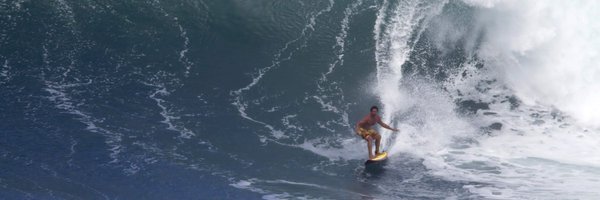The Ultimate Guide to Different Types of Surfboards
long beach surf lessons

Surfing is one of the most exhilarating sports out there, but with so many different surfboard options, it can be tricky to know which one is right for you. In this ultimate guide, we’ll break down the most popular types of surfboards and help you choose the perfect one for your needs. Understanding these board types will improve your learning experience if you're considering long beach surf lessons.
Shortboards
Shortboards are the go-to boards for experienced surfers looking to catch fast, powerful waves. These boards are typically between 5’5” and 6’6” long and have a narrow shape, making them perfect for quick turns and sharp maneuvers. They’re ideal for riding steep, fast waves and performing tricks.
Because of their size and shape, shortboards can be challenging for beginners. They require good balance and technique, so if you're just starting, it’s best to practice with a larger board before making the jump.
Longboards
On the opposite end of the spectrum, we have longboards. These boards range from 8’ to 12’ long and are known for their stability and smooth ride. Longboards are a fantastic choice for beginners or surfers looking for a more relaxed ride. The extra length makes paddling easier, and they glide smoothly over small to medium-sized waves.
Longboards are perfect for cruising, noserides, and enjoying a mellow surf session. If you’re taking long beach surf lessons, you’ll probably start with a longboard, as it provides more stability and makes it easier to catch waves. Even experienced surfers love longboards for their versatility and style.
Fish Surfboards
Fish surfboards are designed uniquely for surfers looking to catch smaller, weaker waves. They’re typically shorter than longboards but wider and have a more flattened shape, making them fast and easy to maneuver. Fish boards are often around 5’ to 6’ long and feature a swallow tail, which helps them maintain speed and stability in smaller waves.
These boards are great for surfers who want to ride in different conditions and perform fun tricks. While they’re more forgiving than shortboards, they’re best suited for intermediate to advanced surfers.
Funboards
Funboards are a hybrid between a longboard and a shortboard. Usually between 6’ and 8’ long, they offer the best of both worlds: the stability of a longboard with the maneuverability of a shortboard. Funboards are popular for surfers who want a board that’s easy to handle but allows for more action than a traditional longboard.
A funboard can be a perfect step-up if transitioning from beginner to intermediate. It offers a smooth ride and is easier to handle in various wave conditions. It’s also a great board for taking those long beach surf lessons to further your skills.
Soft-top Surfboards
Soft-top surfboards have a foam top layer that provides extra safety and comfort. Beginners typically use these boards, as the soft top reduces the risk of injury when falling. They’re usually larger, making them easier to balance on and paddle.
While soft-tops are primarily for beginners, they can also be used in smaller, mellow waves by more experienced surfers. They’re durable, lightweight, and affordable, making them a great option for those just getting into surfing or for anyone looking for a board that’s easy to handle.
Stand-Up Paddleboards (SUPs)
While not strictly a surfing board, stand-up paddleboards (SUPs) are becoming more popular in surf communities. These boards are larger and flatter, allowing you to stand and paddle through calm waters or catch waves. SUPs offer a great full-body workout and are perfect for those who want to enjoy the water at a slower pace.
Though not designed for traditional surfing, some surfers use SUPs to ride smaller, mellow waves, and they’re great for flat water paddling and exploring.
Final Thoughts
No matter what type of surfboard you choose, the most important thing is to find a board that suits your style and skill level. If you plan to take long beach surf lessons, discussing your options with your instructor can help you pick the right board to start your surf journey.
What's Your Reaction?











